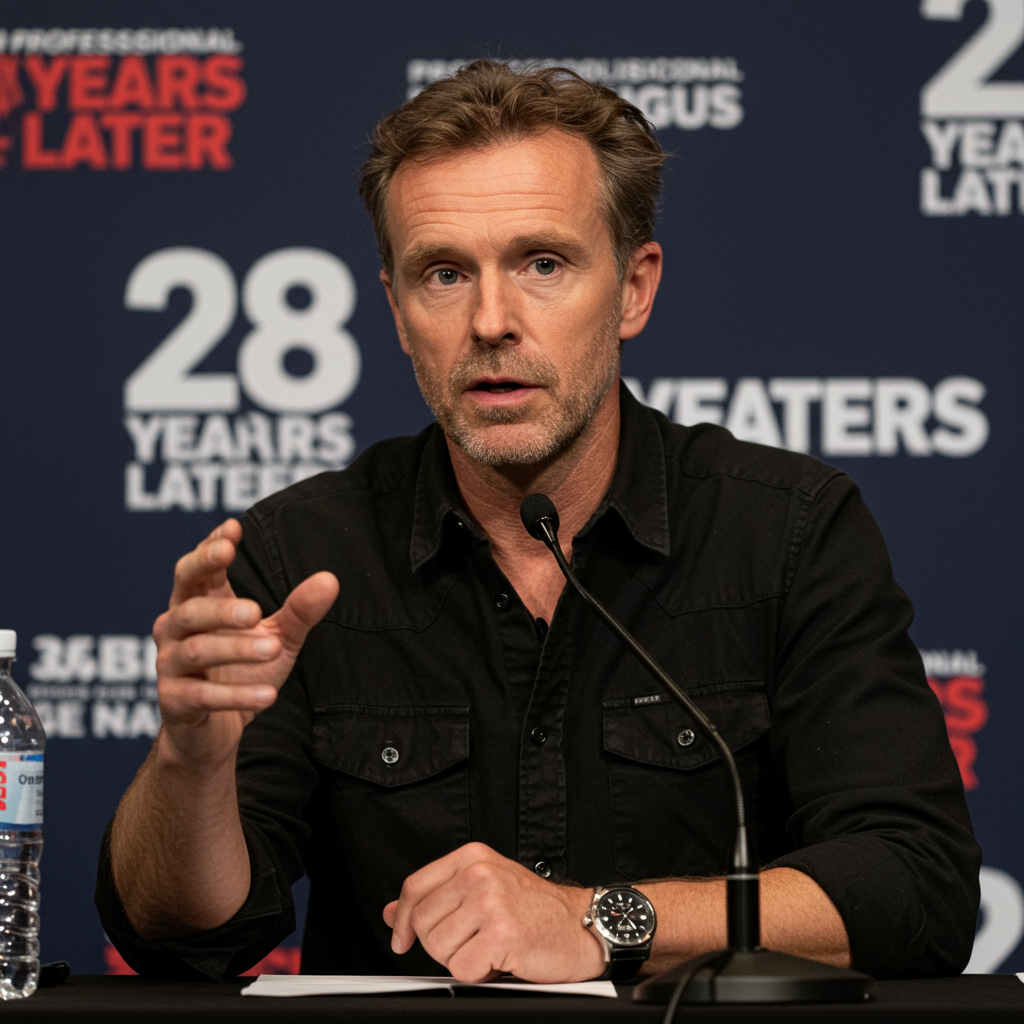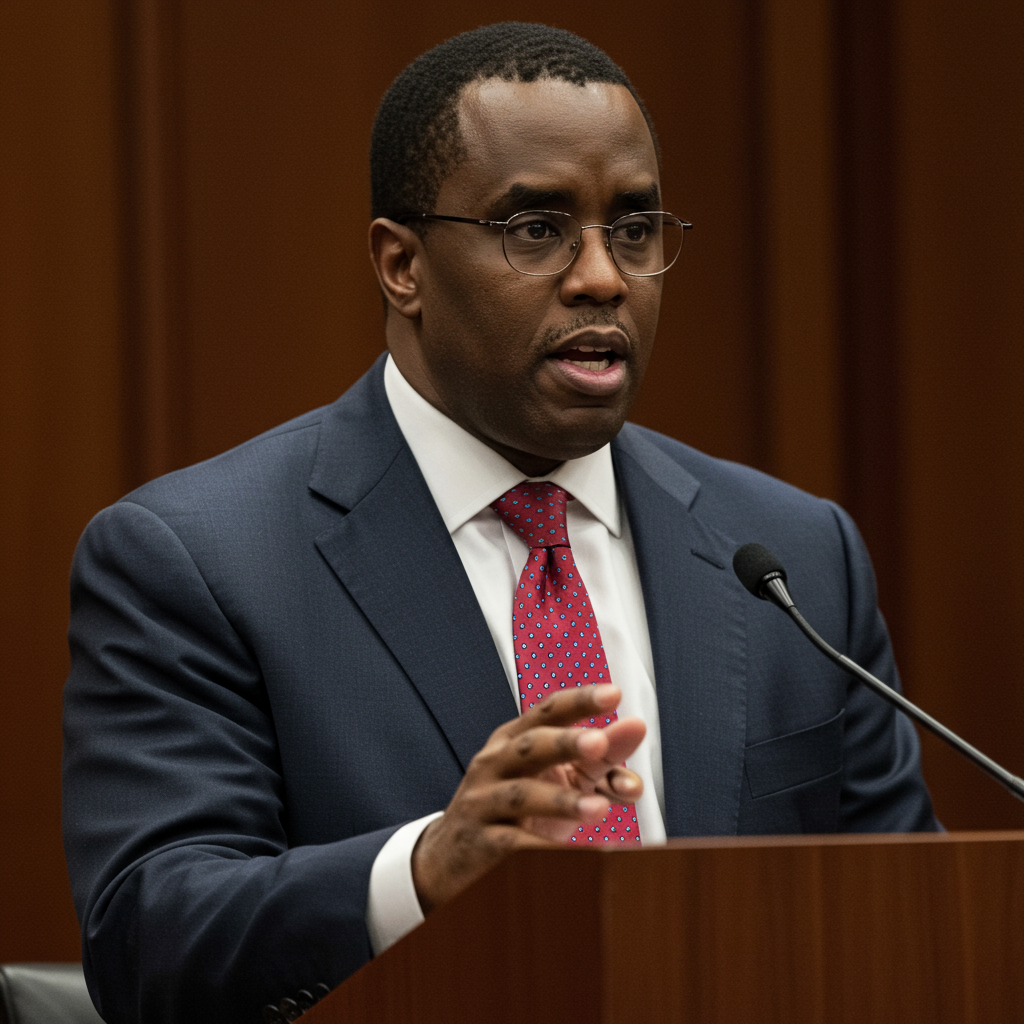REVIEW
MOVIE REVIEWS
’28 Years Later’: A New Chapter in the Rage Saga
Nearly two decades after the last installment, the long-awaited return to the chilling world of the Rage virus is here. Directed by Danny Boyle, 28 Years Later arrives as the third film in the acclaimed horror franchise, picking up the story in a United Kingdom fundamentally altered by the devastating viral outbreak that first plunged the nation into chaos. The question on every fan’s mind: Was the wait worth it?
According to early critical reception, the answer is a resounding yes. The film has garnered significant praise, achieving a Certified Fresh rating on Rotten Tomatoes with scores reported as high as 95% based on numerous reviews – positioning it as the highest-rated film in the franchise, surpassing both the original 28 Days Later (87%) and 28 Weeks Later (72%). Critics have hailed it as a “harrowing and emotionally grounded sequel,” a “bold horror experience” that masterfully blends visceral terror with profound character drama.
Intense Thrills Meet Soulful Storytelling
Reviewers highlight Boyle’s masterful control behind the camera, describing the film as a “technical marvel” that navigates intense action sequences while transforming the genre into a form of “bloody pop-art.” Despite the potential for “mind-bending chaos,” the direction ensures every frame is impactful. The film also continues the franchise’s tradition of innovative filmmaking, notably incorporating segments shot on an iPhone 15 Pro Max, echoing the original’s unconventional use of a Canon XL-1 digital camera.
Beyond the adrenaline-pumping tension and “images that are truly nightmare fuel,” critics find surprising depth. Many see it as an “unusually soulful coming-of-age movie,” exploring themes of perseverance, hope, love, grief, and morality within its post-apocalyptic setting. The narrative is described as taking an “unexpected turn that’s staggeringly refreshing and effective,” benefiting from the elapsed time since the last film.
A Glimpse into the Ravaged Future
Set 28 years after the initial outbreak, the film finds a UK existing in a state of quarantine, its development stunted compared to the rest of the world. The story primarily follows a young man named Spike (Alfie Williams) alongside his father Jamie (Aaron Taylor-Johnson) and ailing mother Isla (Jodie Comer), navigating this dangerous landscape. The film reportedly shifts from a survival adventure focused on hunting the infected in its first half to a more meditative and emotional exploration of difficult choices and loss in the second.
Performances across the board are noted as strong, with specific praise directed towards Jodie Comer and Alfie Williams for their impactful portrayals. Ralph Fiennes also features as a mysterious doctor. The narrative explores different ways individuals adapt to this “insane world,” showcasing how they forge their own identities and forms of “sanity and humanity.”
Setting the Stage for What Comes Next
Without giving away key plot points, the film’s ending has been described as abrupt and bizarre, intentionally serving as a direct setup for a planned sequel. This follow-up, titled 28 Years Later: The Bone Temple, is already slated for release on January 16th, 2026, with Nia DaCosta taking over directorial duties. Reports indicate the two films were shot back-to-back, suggesting an expansive new chapter in the Rage saga is just beginning.
Overall, 28 Years Later appears to successfully revitalize the acclaimed horror franchise, delivering both the intense, visceral thrills fans expect and unexpected emotional and thematic depth that critics are celebrating. It seems the long wait has indeed been rewarded with a horror thriller well worth experiencing.
*




